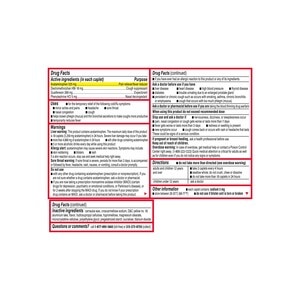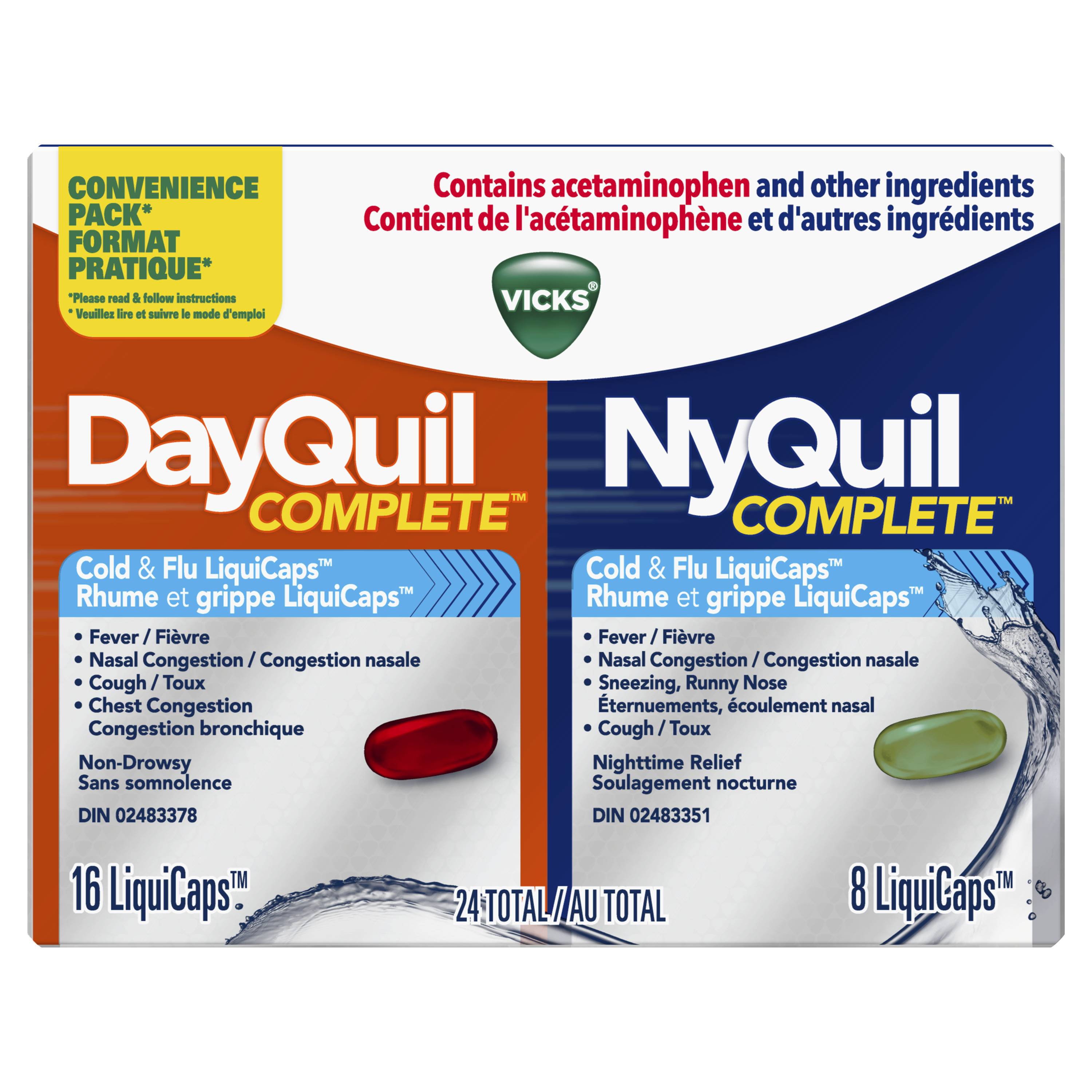
When it comes to cold and flu remedies for kids, there are a number of options. Home remedies for stuffy nose can include gargling with salt water, Nasal saline drops, Vitamin C, and avoiding cigarette smoke. If symptoms persist after 3 days, you may need to see a doctor. A child's lifestyle may contribute to symptoms like a cold, flu, or excessive exposure to dust and pollen.
Home remedies for a stuffy nose
A home remedy for cold or flu for kids is a great option for children suffering from stuffy noses. Young children may not benefit from over-the-counter medicine for their cough. It may worsen the condition by drying out their nasal passages. You can encourage your child, instead of drying out their nasal passages, to drink plenty and lots of water. You can also make 100% fruit popsicles or purchase them from the grocery store. Your child may enjoy these more than water, so you should be sure to avoid products with caffeine.
Gargling with saltwater
For centuries, salt water gargling has been practiced. An analysis of 400 people revealed that salt water gargling resulted in 40% fewer upper respiratory tract infections. Gargling in saline with fluid draws fluid out of inflamed throat tissues. This helps loosen mucus as well as flushing out other irritants. The Mayo Clinic recommends that you gargle with salt water for around three seconds.

Nasal saline drops
Children who suffer from respiratory infections or the common cold may experience congestion in their noses. This can be relieved by nasal saline sprays, drops, and creams. These remedies can help children breathe better by thinning the mucus membrane and reducing swelling. They do not contain any drugs and are recommended by pediatricians to be used for infants or children. Continue reading to find out how to apply these drops on your child's nose.
Vitamin C
While vitamin C has been widely promoted as a natural remedy for the common winter cold, current evidence does not support its use in therapeutic settings. A prophylactic dose, which is intended to reduce symptoms of the common cold, may prove beneficial, but its benefits for children remain unclear. The optimal timing and dose of vitamin C supplementation is still unknown. The effects of prophylactic vitamin C on children are much greater than those seen with therapeutic doses.
Echinacea
Echinacea is a natural remedy for the flu and cold that parents can use to help their children. Coneflower, also known as coneflower, is a perennial flowering shrub with brightly colored petals and a spiky, purple-colored seed head. There are many species of Echinacea and their medicinal properties may vary. The complex mixture of active components in this herb includes phenols. These compounds control enzymes.

FAQ
What are the 7 best tips to lead a healthy, happy life?
-
Be healthy
-
Exercise regularly
-
Rest well
-
Make sure to drink plenty of water.
-
Get enough sleep
-
Be happy
-
Smile often
Why should we have a healthy lifestyle to begin with?
Healthy living can lead to a longer, more fulfilling life. A healthy diet, regular exercise, good sleep habits, and stress management will help prevent diseases like heart disease, diabetes, cancer, and stroke.
A healthy lifestyle will improve our mental well-being and help us deal better with everyday stressors. Having a healthy lifestyle will also boost our self confidence and help us look and feel younger.
What can you do if your immune system is weak?
The human body is composed of trillions if not billions of cells. These cells collaborate to create organs, tissues and other functions. If one cell dies, a new cell takes its place. Hormones, which are chemical signals that allow cells to communicate with one another, enable them to do so. Hormones control all bodily functions, including growth, development, metabolism, immunity and immune system.
Hormones refer to chemicals produced throughout the body by glands. They travel through our bloodstream and act as messengers, controlling how our bodies function. Some hormones can be produced in the body, while others may be made outside.
When a hormone-producing gland releases their contents into the bloodstream, hormone production begins. Once hormones become active, they move throughout the body until reaching their target organ. Some hormones may only remain active for a limited time. Other hormones can remain active longer, and they continue to affect the body's functionality even after leaving the bloodstream.
Some hormones are made in large quantities. Others are produced in small amounts.
Some hormones are only produced at certain times in your life. The production of estrogen can occur during puberty and pregnancy, as well as menopause and old age. Estrogen is important for women to develop breasts and maintain bone density. It also helps prevent osteoporosis. It also promotes hair growth and keeps skin smooth and soft.
Statistics
- The Dietary Guidelines for Americans recommend keeping added sugar intake below 10% of your daily calorie intake, while the World Health Organization recommends slashing added sugars to 5% or less of your daily calories for optimal health (59Trusted (healthline.com)
- nutrients.[17]X Research sourceWhole grains to try include: 100% whole wheat pasta and bread, brown rice, whole grain oats, farro, millet, quinoa, and barley. (wikihow.com)
- WHO recommends reducing saturated fats to less than 10% of total energy intake; reducing trans-fats to less than 1% of total energy intake; and replacing both saturated fats and trans-fats to unsaturated fats. (who.int)
- This article received 11 testimonials and 86% of readers who voted found it helpful, earning it our reader-approved status. (wikihow.com)
External Links
How To
What does the word "vitamin" mean?
Vitamins can be described as organic compounds found in food. Vitamins are essential for our bodies to absorb nutrients from the foods we eat. Vitamins cannot be made by the body; they must be taken from food.
There are two types if vitamins: water soluble, and fat soluble. Water-soluble vitamins dissolve readily in water. Examples include vitamin C,B1 (thiamine), B2 (riboflavin), B3 (niacin), B6 (pyridoxine), folic acid, biotin, pantothenic acid, and choline. Fat-soluble vitamins are stored in the liver, fatty tissue and kidneys. These include vitamin D, E and K, as well as beta carotene.
Vitamins are classified according their biological activity. There are eight major groups of vitamins:
-
A - vital for healthy growth.
-
C - vital for proper nerve function, and energy production.
-
D - essential for healthy bones, teeth, and gums.
-
E is needed for good reproduction and vision.
-
K – Required for healthy nerves & muscles.
-
P – vital for building strong bones.
-
Q - aids digestion, absorption and absorption iron
-
R is required for the production of red blood cells.
The recommended daily allowance of vitamins (RDA), varies according to age, gender, physical condition, and other factors. The U.S. Food and Drug Administration has established the RDA values.
For adults over 19 years, the RDA is 400 mg per day for vitamin A. Pregnant mothers need 600 micrograms per days because it is vital for the development and growth of their baby. Children ages 1-8 require 900 micrograms per day. Children under 1 year old require 700 micrograms daily, while infants over one year old need 500 micrograms every day. This decreases between 9 and 12 months.
Children ages 1-18years who are obese need 800 micrograms per day while those who are overweight need 1000 micrograms per day and children who are underweight need 1200 micrograms per day to meet their nutritional needs.
Children 4-8 years old who have anemia must consume 2200 micrograms of Vitamin C daily.
2000 micrograms is the minimum daily intake for adults over 50 years old to maintain good health. Mothers who are pregnant, nursing, or have a high nutrient need will require 3000 micrograms a day.
Adults over 70 require 1500 micrograms each day, since they lose around 10% of their muscle mass every decade.
Women who are pregnant and lactating need more nutrients than the RDA. Pregnant and breastfeeding women require 4000 micrograms each day during pregnancy and 2500 Micrograms each day after delivery. Breastfeeding mothers need to consume 5000 micrograms every day when breastmilk has been produced.